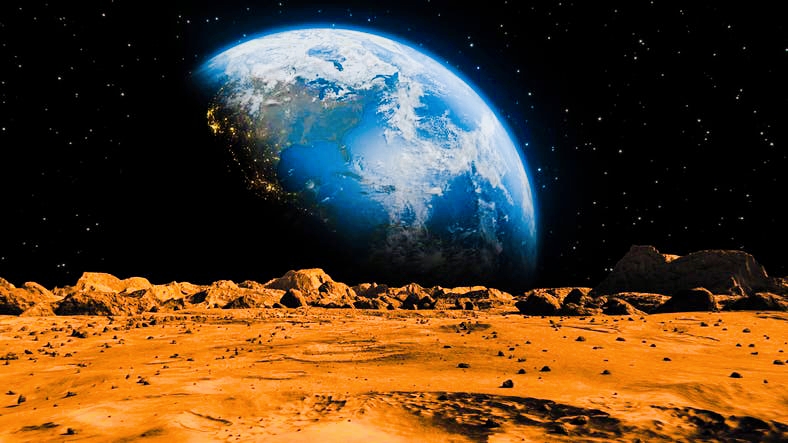Mars' Dark Lines Explained: Dust and Wind, Not Water

After years of investigation, scientists are closer to solving the mystery of the dark lines on Mars, known as recurring slope lineae (RSL).
Recent analysis of data from the European Space Agency's ExoMars probe, employing artificial intelligence and advanced statistical methods, indicates that these lines are not formed by salty water as previously thought, but are instead the result of the movement of dust, sand, and winds that sculpt the Martian landscape.
* Insights from Recent Imaging
In December 2023, the ExoMars Trace Gas Orbiter (TGO) captured images of lines created by a dusty landslide on Apollinaris Mons during Christmas night. The colored and 3D surface imaging system, CaSSIS, revealed a concentration of impact craters and dark streaks at the base of the slope.
A study titled "Dust, Sand, and Winds Drive the Formation of Slope Lines on Mars," published in Nature Communications, focused on these observations.
* Advanced Analytical Techniques
Researcher Valentin Tertius Beekle from the Center for Space Studies and Habitability at the University of Bern in Switzerland noted that recent findings suggest that most dark lines are influenced by dry, non-seasonal factors, including meteorite impacts, Martian seismic activity, and wind.
For their analysis, the team utilized line data collected by NASA's Mars Reconnaissance Orbiter (MRO) from 2006 to 2024, applying artificial intelligence algorithms and machine learning to examine over two million lines.
The analysis indicated that the majority of these features are concentrated in five primary locations on Mars, with only about 0.1% attributable to events like meteorite strikes and earthquakes.
* Significance of the Findings
These results provide crucial evidence that clarifies the origins of the dark lines and enhances our understanding of the dynamic processes influencing Mars' climate over both seasonal and non-seasonal periods.
Researchers aim to address key questions regarding Mars, including:
• When and how did its surface water disappear?
• What happened to that water?
• Was Mars ever capable of supporting life?
This research is part of nine ongoing space missions managed by five international agencies, with plans for additional robotic missions ahead of potential human exploration in the coming decades.
